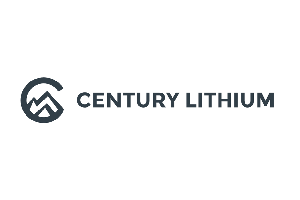Century Lithium Corp. (TSXV: LCE | OTCQX: CYDVF | Frankfurt: C1Z) has announced that it has completed its initial internal, non-independent review, optimization work, and studies related to the estimated capital described in the NI 43-101 Technical Report on the feasibility study of the Clayton Valley Lithium Project, Nevada, USA. The optimization study identified potential cost reductions of up to 25% of CAPEX on its initial Phase 1 CAPEX of C$1.581B.
“We are very pleased with the outcome of the optimization study. These results, if confirmed by an updated feasibility study, will have a significant impact on the economics of Angel Island,” said Century Lithium President and CEO, Bill Willoughby. “The company is also in the process of outlining new initiatives at Angel Island that will further unlock value for our shareholders and place Angel Island in the forefront of lithium resources under development in North America.”
Optimization study highlights leading to the CAPEX reductions:
- Reduced capital costs through changes in flow sheet, equipment selection and updated vendor quotes in the processing areas of filtration, direct lithium extraction and the chlor-alkali plant
- Internal evaluation of the estimated engineering and construction plans to identify areas of overlap and locations within the plan where modifications of site facilities and elimination of redundancies and inefficiencies can streamline the process from mining to the planned on-site production of battery-grade lithium carbonate (Li2CO3)
- Reductions in the estimated cost for on-site services resulting from the changes in processing
- Reduction in estimated indirect costs for contingency and EPCM calculated in the feasibility study as a percentage of direct costs as a result of the cost reductions set out above
Century Lithium will initiate work on an updated feasibility study for Angel Island to confirm the results of the optimization study to the required level. Further, the company believes that the optimizations to Angel Island’s mine plan and processing, and the sale of surplus sodium hydroxide generated in the production process, will lead to competitive estimated capital and operating costs.
To find out more, please visit www.centurylithium.com
To read more articles like this, please visit www.theassay.com/news










